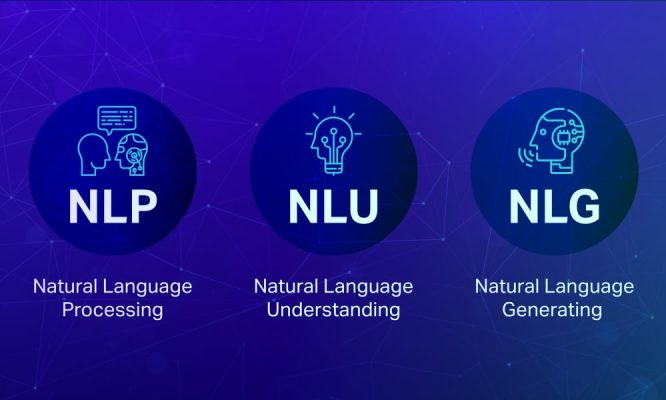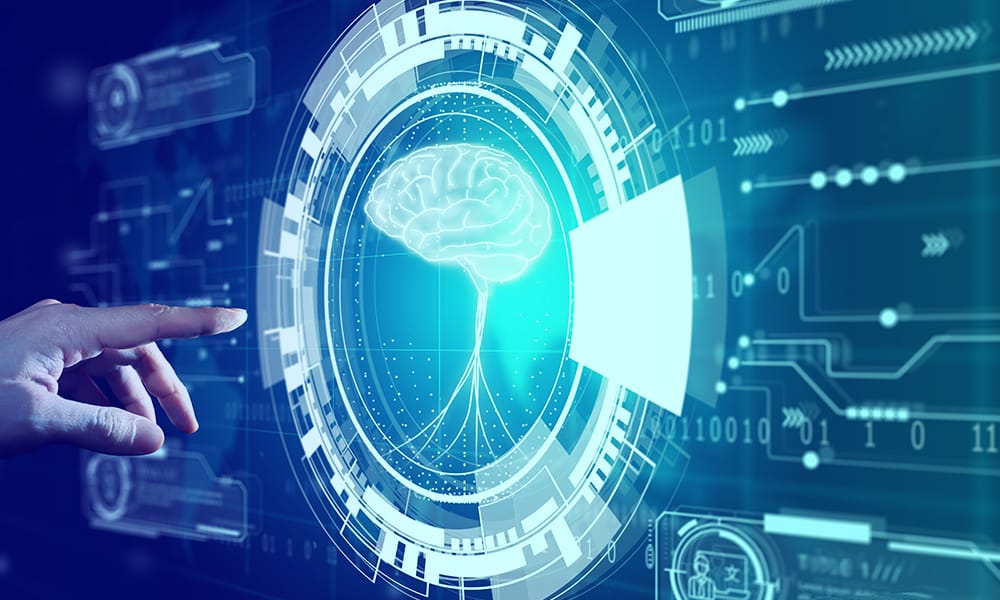Artificial Intelligence and its applications are progressing tremendously with the development of powerful apps like ChatGPT, Siri, and Alexa that bring users a world of convenience and comfort. Though most tech enthusiasts are eager to learn about technologies that back these applications, they often confuse one technology with another.
NLP, NLU, and NLG all come under the field of AI and are used for developing various AI applications. However, all three of them are distinct and have their purpose. Let us know more about them in-depth and learn about each technology and its application in the blog.
What are NLP, NLU, and NLG?
NLP (Natural Language Processing)
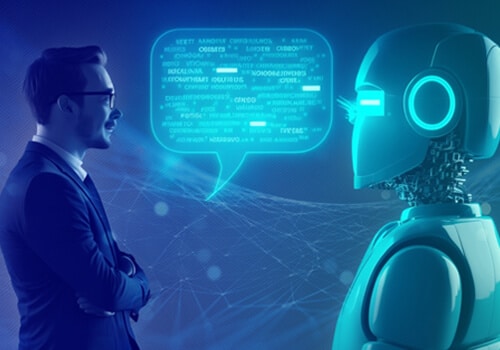
To understand more comprehensively, NLP combines different languages and applications, such as computational linguistics, machine learning, rule-based modeling of human languages, and deep learning models.
When all these models are processed together and facilitated with data in voice or text form, it generates intelligent results, and the software becomes capable of understanding human language.
Additionally, the models now being developed are assisted more carefully than before, and processes like speech recognition, word sense disambiguation, speech tagging, sentiment analysis, and natural language generation are leveraged that help in generating more accurate user responses and make NLP applications more refined.
Applications of NLP
Some of the top applications of NLP include:
- Voice-operated GPS System.
- Digital Assistants.
- Speech-to-Text Dictation.
- Virtual Assistants like Alexa, Siri, etc.
NLP fundamentally performs these three tasks to ensure the success of their applications:
- Translation of text from one language to another.
- Summarization of large data and text in real-time.
- Responding to the commands of users.
[Also Read: 15 Best NLP Datasets to train you Natural Language Processing Models]

NLU (Natural Language Understanding)
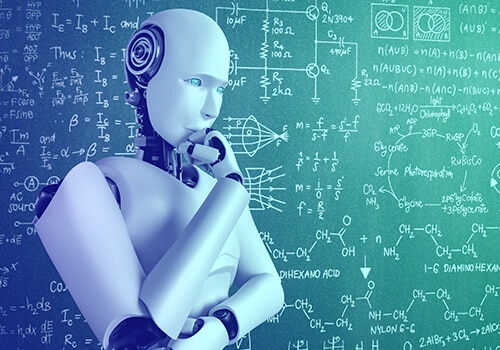
- Semantic analysis
- Intent recognition
- Entity recognition
- Sentiment analysis
The syntactic analysis NLU uses in its operations corrects the structure of sentences and draws exact or dictionary meanings from the text. On the other hand, semantic analysis analyzes the grammatical format of sentences, including the arrangement of phrases, words, and clauses.
Humans have the natural capability of understanding a phrase and its context. However, with machines, understanding the real meaning behind the provided input isn’t easy to crack.
Hence, the software leverages these arrangements in semantic analysis to define and determine relationships between independent words and phrases in a specific context. The software learns and develops meanings through these combinations of phrases and words and provides better user outcomes.
Applications of NLU
Here are a few applications of NLU:
- Automated Customer Service Systems.
- Intelligent Virtual Assistants
- Search Engines
- Business Chatbots
NLG (Natural Language Generation)
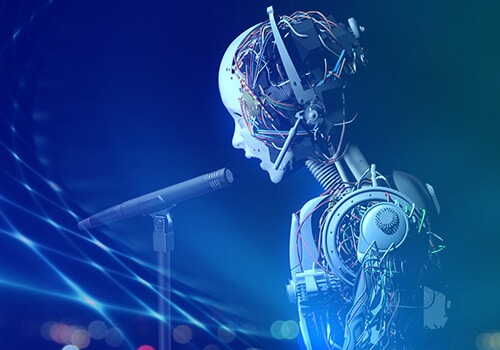
NLG uses a three-phase system to ensure its success and provide precise outputs. Its language rules are based on morphology, lexicons, syntax, and semantics. The three phases it uses in its approach are:
- Content DeterminationIn this phase, the NLG system determines what content should be generated based on the user inputs and corrects it logically.
- Natural Language Generation
At this stage, the punctuation, text flow, and para breaks of the content generated in the first phase are checked and corrected. Moreover, pronouns and conjunctions are also added to the text wherever required. - Realization PhaseBeing the last phase of NLG, grammatical accuracy is rechecked. Also, the text is checked to see if it correctly follows punctuation and conjugation rules.
Applications of NLG
Here are some of the applications of NLG:
- Business Analytical Intelligence
- Financial Forecasting
- Customer Service Chatbots
- Summary Generation
What is the Difference Between NLP, NLU, and NLG?
| NLP | NLU | NLG |
| It’s a branch of Artificial Intelligence (AI) that acts as a bridge of communication between humans and machines through a natural language rather than coded or binary language. | This aspect of AI deals with the comprehensibility of machines with respect to user-fed data. | This is a subset of NLP that enables the conversion of computer language into natural language for output generation. |
| This ensures contextual understanding and processing of data by machines instead of treating them as words. | This involves machines understanding languages and instructions like humans would do. | NLG ensures communication from the machine resembles and mimics the language fed by a user. |
| The concept has been prevalent since the 1950s. | The concept has been prevalent since the 1860s. | The concept has been prevalent since the 1960s. |
| The operating mechanism involves the conversion of natural language into machine language for processing and re-conversion into natural language for output. | NLU converts unstructured data fed by a user into structured data. | This mechanism generates structured data to respond to users. |
| It is used in language translation, conversion of audio data into text, smart assistance, text analysis and more. | NLU is used in sentiment analysis, development of chatbots and conversational AI, speech recognition, and more. | It’s used in the development of voice assistants, chatbots, and more. |
Enhancing Workflow Efficiency: NLP, NLU, and NLG in Data Processing and Reporting
For an NLP model to perform seamlessly, the operating workflow should be complemented by both NLU to process and understand the input data and determine further actions and NLG to generate an appropriate response in human language post-processing.
- NLP – to assimilate text or user data meaning
- NLU – to process and understand the input data and determine further actions
- NLG – to generate an appropriate response in human language post-processing
One of the most practical examples to understand this can revolve around any redundant task on data entry and processing. For instance, if the everyday task of a retail staff involves compiling sales for the day and generating data from it to develop monthly reports, NLP in tandem with NLU and NLG can assist in this.
With the help of this concept, the associate can ensure physical copies of bills are converted into structured data and processed through classification and clustering. This data can then be further processed for insights and visualization which can then be compiled into talking points in monthly reports.
Conclusion
Summing up, NLP converts unstructured data into a structured format so that the software can understand the given inputs and respond suitably. Conversely, NLU aims to comprehend the meaning of sentences, whereas NLG focuses on formulating correct sentences with the right intent in specific languages based on the data set. Refer to our Shaip experts to learn about these technologies in detail.
Explore Our Natural Language Processing Services and Solutions
